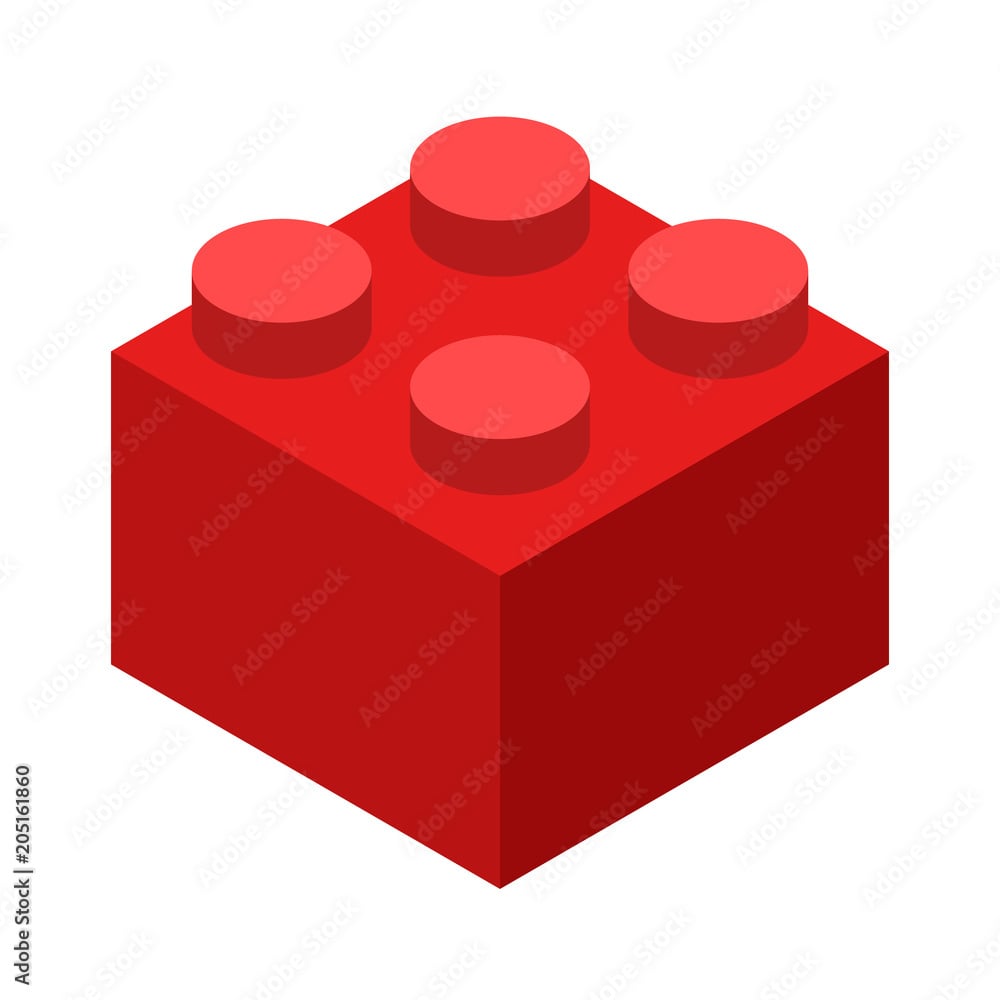

It sounds like interesting things to read, especially unusual fixes on older hardware in adverse conditions.
As mentioned you can start off here on Lemmy to see if it gets traction, and then move to a dedicated place. Or just keep posting here on Lemmy :)








Hey, I’d like to check your blog, but I get a 504 Gateway Timeout :S